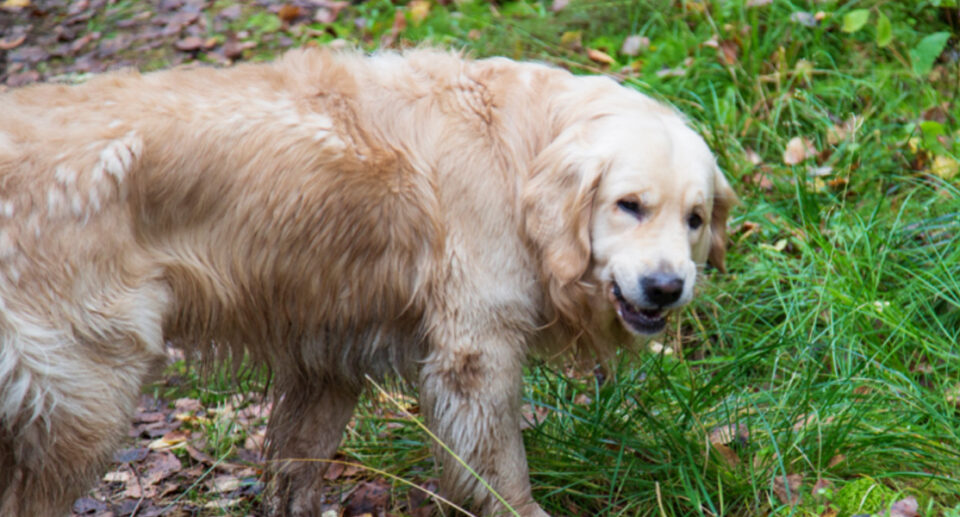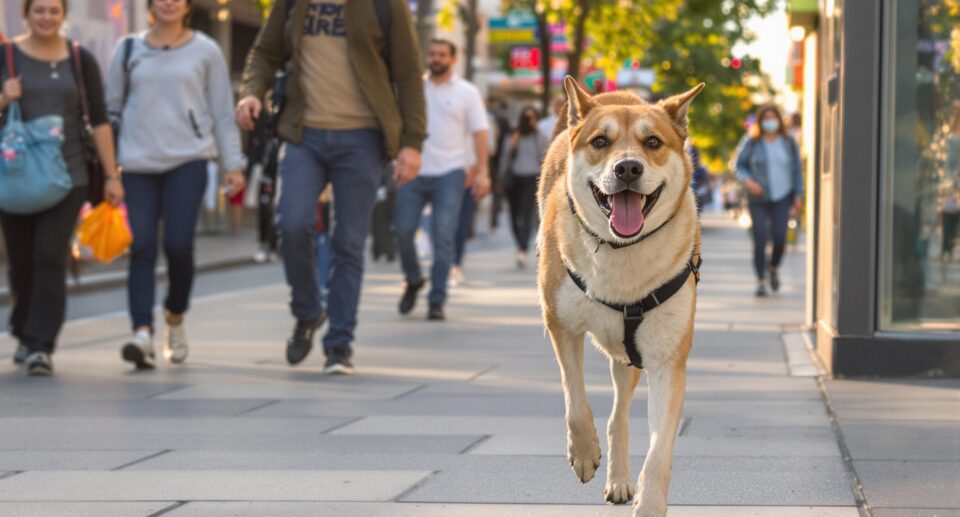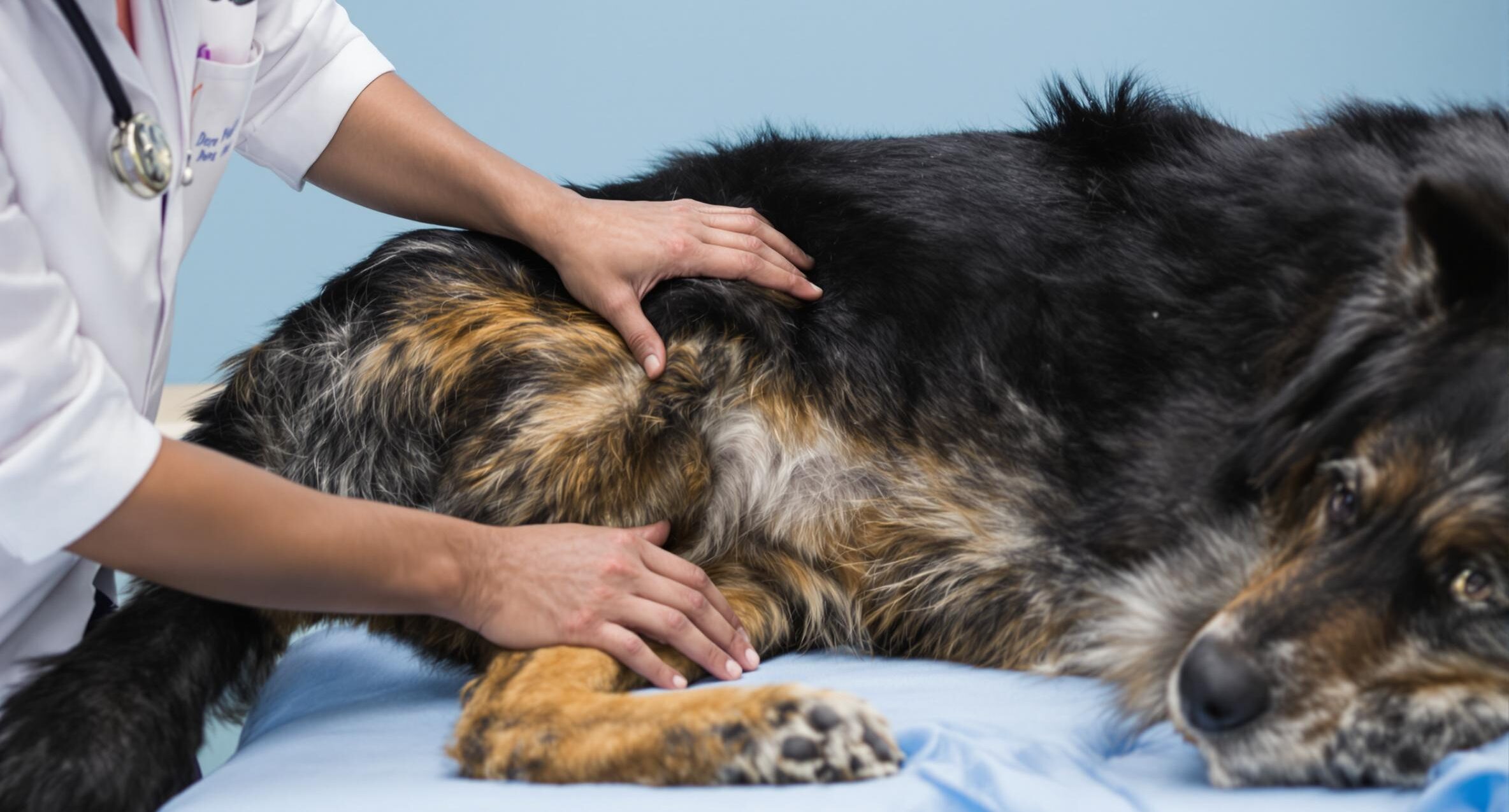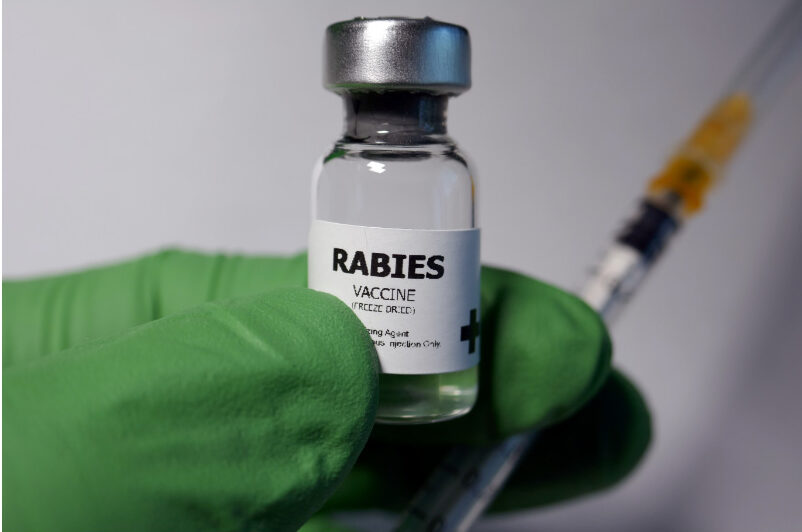Why do Dogs Eat Grass?

Key Takeaways
- Grass eating is a common, usually harmless behavior that may stem from instinct, curiosity, or boredom.
- Occasional grazing is not typically a concern, but frequent grass eating or signs of illness afterward should prompt a vet check.
- Simple changes, such as fiber rich snacks, enrichment activities, and supervision, can help redirect this behavior in a safe, positive way.
It is not unusual for dogs to munch on grass now and then, leaving many pet owners wondering what is behind this curious habit. While it might seem strange, grass eating is surprisingly common and has been linked to everything from boredom to instinct.
Getting to the root of this behavior means understanding your dog’s physical and emotional needs. At PetHealthMD, we help you decode these everyday habits so you can make confident, informed choices for your dog’s health and lifestyle.
The Science Behind Grass Eating Behavior
Grass eating may seem odd, but it usually ties back to natural canine behaviors. It is often harmless and, in many cases, just another way dogs interact with the world around them.
Dogs may eat grass for a few different reasons:
- Natural digestive support: The fiber in grass can help move things along when your dog’s stomach feels unsettled.
- Leftover instincts: Even if your dog is healthy and well fed, they may still have a lingering instinct to self treat for things like parasites by eating roughage.
- Simple curiosity: Dogs explore with their mouths. A patch of grass may just be something new to check out and chew on.
- Nothing better to do: Dogs might graze when they are bored or under stimulated, especially in a quiet backyard.
While light grazing is not typically harmful, it is still worth watching for any changes in behavior or appetite. If something feels off, a quick visit to the vet can help rule out anything serious.
Is Eating Grass Harmful to Dogs?
For most dogs, nibbling on grass now and then is not harmful. Many dogs will munch on a few blades and go about their day without any issues.
The concern typically comes in when the grass has been treated with chemicals like lawn fertilizers, herbicides, or pesticides, which can be toxic and make your dog sick even in small amounts.
Watch for these signs that grass eating might be part of a bigger issue:
- Eating grass more frequently or obsessively
- Vomiting after grazing
- Acting sluggish or less energetic
- Loss of appetite or digestive changes
If you notice any of the above, it is a good idea to contact your veterinarian for a closer look.
To support overall wellness, you can browse Dog Supplements for helpful options.
How to Stop Your Dog from Eating Grass
If your dog’s grass eating has started to feel more like a habit than a passing quirk, it might be time to redirect their attention in more productive ways.
Here are some effective strategies:
- Add fiber rich snacks: Mix in dog safe vegetables like green beans or carrots to provide natural fiber.
- Keep them active outdoors: Use short training games or interactive toys during outside time.
- Offer a safe alternative: Planting pet safe wheatgrass gives your dog something safe to nibble.
- Reward better choices: Praise your dog when they ignore grass.
- Stick to a feeding schedule: Predictable meals help reduce grazing caused by hunger or boredom.
- Make the yard fun: Try puzzle toys or long lasting chews.
To keep your dog engaged, check out enrichment options in the Dog Toys category.
FAQs About Grass Eating in Dogs
Which dogs are most drawn to eating grass?
Every dog is unique, but some have stronger foraging instincts passed down from their wild ancestors. Working breeds may spend more time exploring grassy areas, though any dog can develop this natural habit.
Does my puppy’s grass eating differ from adult dogs?
Puppies naturally explore their world through taste and texture. While this curiosity is normal, excessive grass consumption might signal behavioral patterns like pica or nutritional needs worth discussing with your vet.
How do seasonal changes affect my dog’s grass eating?
Spring and early summer often bring increased nibbling as fresh shoots emerge. Always make sure your lawn is free of chemicals and keep pets away from toxic plants.
Moving Forward With Your Pet’s Health
Sometimes, it is the smallest habits that give us insight into our dogs’ health. While grass eating is usually harmless, it is still worth watching for changes. If something feels off, your veterinarian can help guide next steps.
PetHealthMD provides practical resources to help you better understand your dog’s day to day habits. Whether it is nutrition, behavior, or general wellness, we offer trustworthy, easy to follow guidance.





